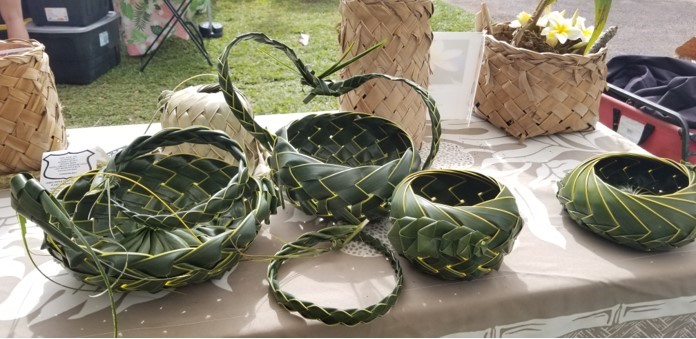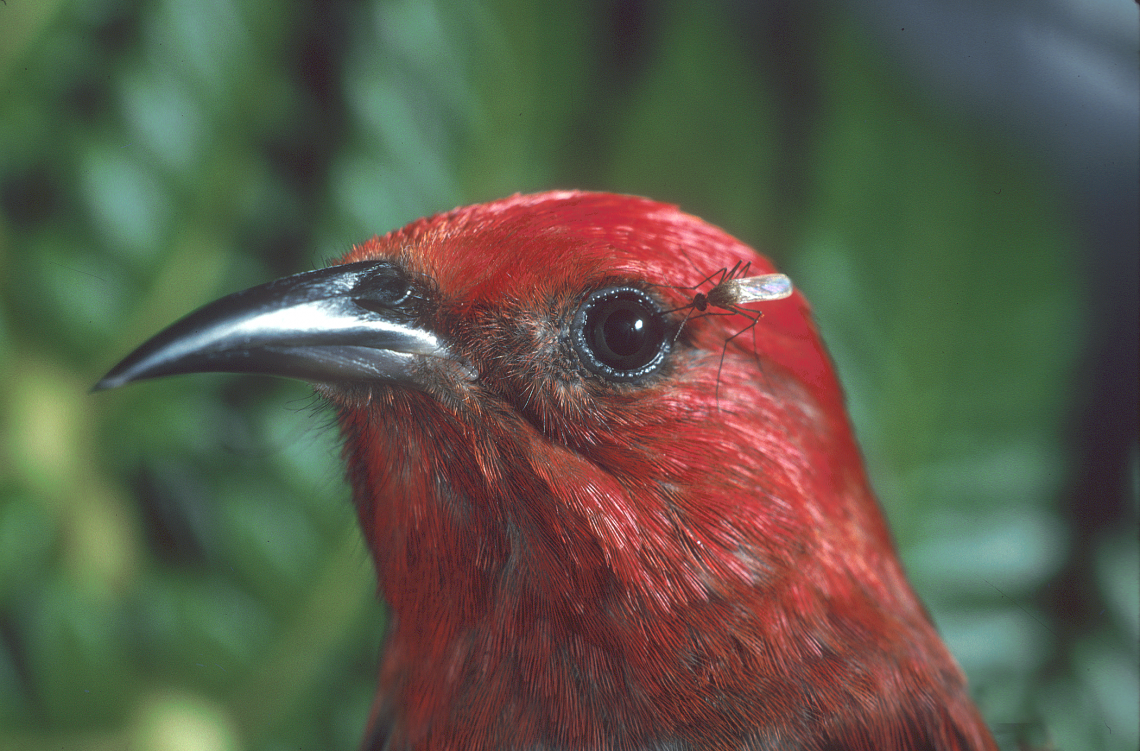Relationships surround us – family members and friends, casual acquaintances and familiar faces. The people we know through work, school,…
Read More
2023
Coconut palms are woven into the culture of the islands; a beetle threatens that connection
Would-be weavers spilled out of the shade under an open-sided tent at the Arbor Day event at Maui Nui Botanical…
Read More
Protecting ‘Ōhi‘a: Fencing for the Trees
“The fungus needs an entry point,” says Marc Hughes, a research plant pathologist with the U.S. Forest Service in Hilo….
Read More
Is ant-watching really a thing?
By Monte Tudor-Long If you list the different birds in your yard, you might come up with 15 to 20…
Read More
The race to protect Hawaii’s native forest birds from extinction
The upland realm of wao akua captivates all senses. Freshwater percolates into the earth, perfuming the cool air, and hues…
Read More





